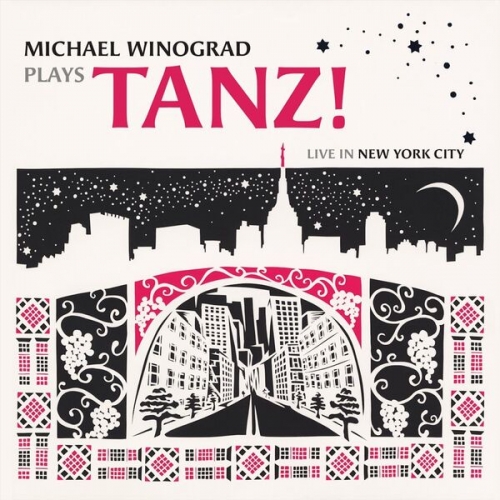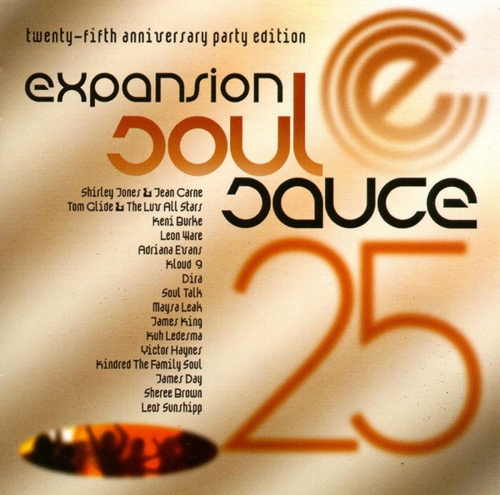Xiayin Wang, Catherine Manoukian - Strauss, Franck: Sonatas for Violin and Piano (2010)

Artist: Xiayin Wang, Catherine Manoukian
Title: Strauss, Franck: Sonatas for Violin and Piano
Year Of Release: 2010
Label: Marquis Classics
Genre: Classical
Quality: FLAC (tracks)
Total Time: 57:14
Total Size: 288 Mb / 146 Mb
WebSite: Album Preview
Tracklist: Title: Strauss, Franck: Sonatas for Violin and Piano
Year Of Release: 2010
Label: Marquis Classics
Genre: Classical
Quality: FLAC (tracks)
Total Time: 57:14
Total Size: 288 Mb / 146 Mb
WebSite: Album Preview
1. Sonata for Violin and Piano in E flat major, Op18: Allegro ma non troppo
2. Sonata for Violin and Piano in E flat major, Op18: Improvisation -Andante cantabile
3. Sonata for Violin and Piano in E flat major, Op18: Finale: Andante - Allegro
4. Sonata for Violin and Piano in A major: Allegretto ben moderato
5. Sonata for Violin and Piano in A major: Allegro
6. Sonata for Violin and Piano in A major: Recitativo-Fantasia (Ben moderato – Molto lento)
7. Sonata for Violin and Piano in A major: Allegretto poco mosso
Performers:
Xiayin Wang, piano
Catherine Manoukian, violin
Though written almost contemporaneously, the violin sonatas of Richard Strauss and César Franck stem from different ends of the two composers' careers. The Strauss sonata was written while the composer was still a young man, at about the same time of his tone poem Don Juan. It is a sonata of youthful enthusiasm, still bearing the remnants of his training studying the works of the Classical and early Romantic masters while hinting at the rhythmic and tonal complexity that was to come in his more mature writing. The Franck sonata, by contrast, was written late in the composer's life and demonstrates Franck's developed style. Performing the nicely complementary sonatas are Canadian-born violinist Catherine Manoukian and Chinese-born pianist Xiayin Wang. Both musicians possess a polished technique; Manoukian's plays with solid intonation, steady tempo, and broad dynamics. Wang has a very sensitive touch, particularly in the muscular Franck score, and manages to hold her own as an equal partner without drowning out her counterpart. What listeners may find distracting and even off-putting is Manoukian's continuous, excessive use of glissando. While this expressive technique can be used effectively to add emphasis to a particularly powerful shift or emotional moment, when used throughout it becomes very tedious, leaving listeners wishing for a few more clean, definitive shifts.




![Clifton Chenier - Clifton Chenier and His Red Hot Louisiana Band (1978) [Hi-Res] Clifton Chenier - Clifton Chenier and His Red Hot Louisiana Band (1978) [Hi-Res]](https://img.israbox.com/img/2025-12/20/u7c9mz3puf20w5rxo6nmae80o.jpg)



